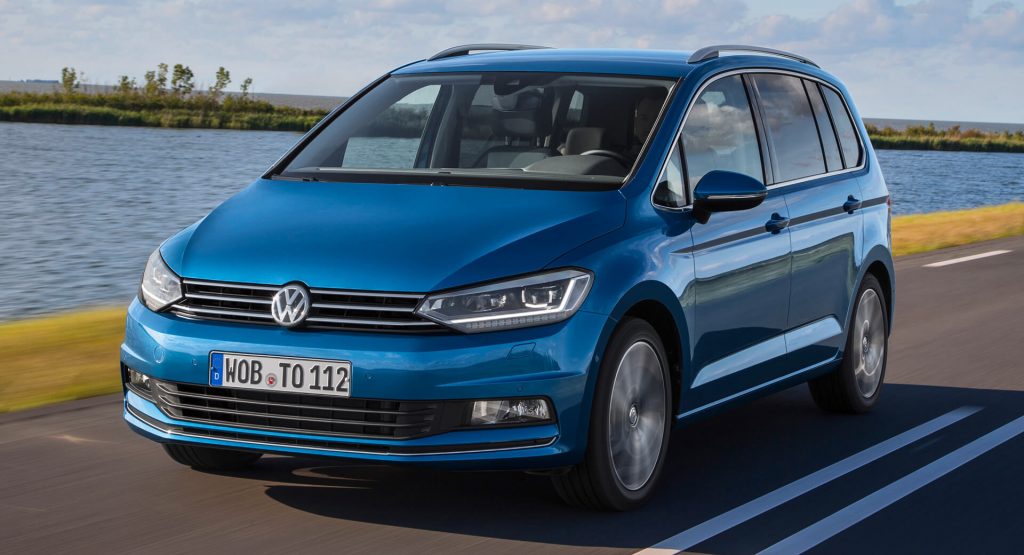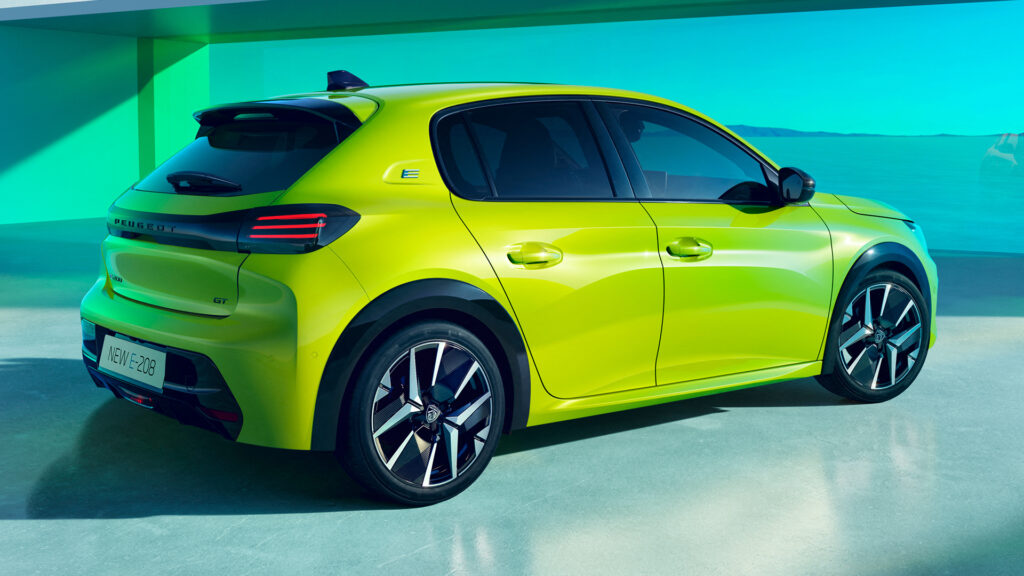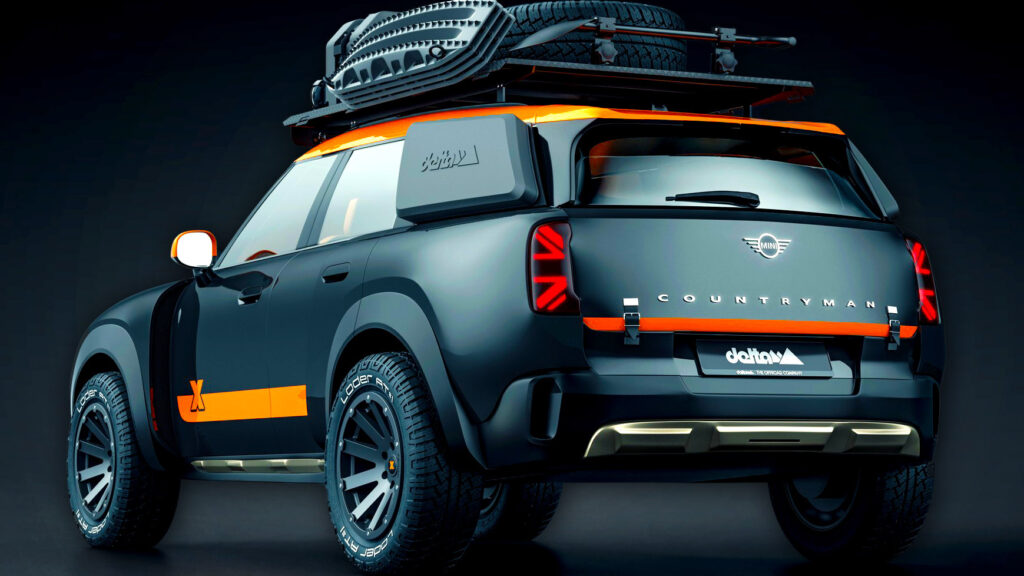This Stunning Concept Shows What BMW Should Build Next

- The BMW Ethos is a digital concept created by independent designer Sebastiano Ciarcia.
- The supercar draws inspiration from the Nazca C2, BMW i8, and original M1 models.
- It is designed with an FCEV powertrain offering strong performance and zero emissions.
BMW M has confirmed that it’s developing a new halo supercar, one that could revive the spirit of the M1 from the late 1970s. Though the company hasn’t released any official details yet, the news has already sparked creative interpretations. Among them is a striking digital study by independent designer Sebastiano Ciarcia, who has envisioned his own version of a next-generation BMW exotic. He calls it the Ethos.
More: BMW Almost Launched An All-Electric Hypercar With 1,300 HP
This digital concept channels the same energy as the striking Nazca C2 prototype from the early 1990s, originally penned by Italdesign. There are also clear influences from the BMW i8 and the Vision M Next concept from 2019, both of which serve as recent milestones in BMW’s design evolution.
A Study in Surface and Stance
The BMW Ethos has a dramatic, low-slung stance with a wide footprint. A glass canopy covers the cabin, while partially exposed rear wheels recall the look of vintage Italian exotics. Up front, Ciarcia reimagines BMW’s signature kidney grille with a cleaner, body-colored design and a small, offset BMW badge. According to the designer, the grille pays tribute to BMW classics from the 1950s, like the 503 and 507.
Another highlight is the LED headlights which are integrated within the front intakes, slightly reminiscent of Peugeot‘s 9X8 Le Mans Hypercar. The sculpted fenders are protruding from the rest of the bodywork, contributing to the athletic profile. Ciarcia describes the surfacing as “a contrast of soft and hard volumes”.
Around back, the Ethos features a slim, full-width LED light bar, an active spoiler, and an aggressive diffuser to tie it all together.
Illustrations Sebastiano Ciarcia
Designed With Future Powertrains in Mind
Although the concept doesn’t display any obvious signs of an internal combustion engine, it isn’t imagined as fully electric either. Instead, Ciarcia envisions a hydrogen fuel-cell setup that could deliver performance on par with a modern hypercar, an approach that leaves the door open for alternative propulsion technologies.
To help bring the design to life, the Ethos has been rendered in a Champagne finish and placed in a setting that feels perfectly suited: the Concorso d’Eleganza Villa d’Este on Lake Como in Italy. It’s the same venue that BMW introduced the limited-production Speedtop shooting brake this year, following the Skytop from 2024 and 2023’s Z4-based Touring Coupe.
More: BMW Scrapped A 95% Finished Supercar For The XM SUV
When it comes to potential rivals for the Ethos, the designer points to a wide range of high-performance supercars and hypercars, including the Alfa Romeo 33 Stradale, Aston Martin Valhalla, and Ferrari F80. Perhaps the closest match, though, would be the rumored all-electric supercar from Mercedes-AMG, previewed in 2023 by the Vision One-Eleven concept.
Ciarcia is an Italian automotive designer currently based in Gothenburg, Sweden. A graduate of IAAD, he has worked with several major automakers, including Alfa Romeo, Fiat, Rimac, and Volvo. CarScoops readers might recognize his name from a few years back, when he unveiled an impressive mid-engined reinterpretation of the Lancia Delta.
For more of his work, you can follow Sebastiano Ciarcia on Instagram.
























